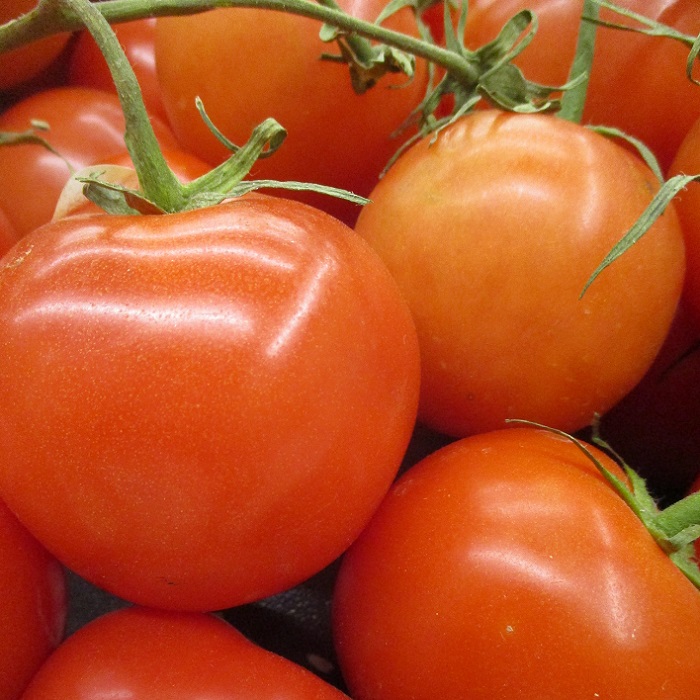UNITED STATES—Warm season annuals for next spring and summer are already replacing the cool season annuals that bloomed so dutifully since last autumn. As this happens, it is also getting to be about time for warm season vegetables to replace cool season vegetables. Strangely continuous warm daytime weather since December accelerated this process somewhat.
Removal of cool season vegetables that are still productive is as unpleasant as removal of cool season annuals that are still blooming. Fortunately, most cool season vegetables are finished by now, or will be soon. Few linger into warm weather as some cool season annuals might. Regardless, warm season vegetables will need their garden space soon.
Unlike most cool season vegetables, which actually are vegetative, the majority of warm season vegetables are actually fruits. The plants that produce them generally continue to bloom and produce more fruits throughout their respective seasons. Some, such as bush bean and determinate tomato, exhibit brief seasons. Many produce continually until frost.
Fruiting vegetables can have extensive seasons.
Therefore, indeterminate tomato, pole bean, squash, cucumber, many varieties of pepper and some varieties of eggplant need no replacement within the same season. Cucumber can get shabby enough by early summer to justify replacement in midsummer though. Okra, as well as several varieties of eggplant and pepper, produce for relatively brief seasons.
Phasing prolongs production of warm season vegetables that produce only once or only for a brief season. For example, corn that matures so uniformly that it is ready for harvest simultaneously lasts only a few weeks in a garden. Phases for seeding that repeat every two weeks or so develop in two-week cycles. As the first phase finishes, the next begins.
Because so many individual plants are necessary, and the seedlings do not transplant well, corn seed prefers direct sowing into the garden. So does seed for bean, root vegetables, and most greens. For tomato, pepper and eggplant, and perhaps cucumber and squash, small plants transplant well, and are not numerous enough in a garden to be expensive. Warm season vegetables grow slowly during cool weather, but accelerate as the weather warms.
Highlight: Tomato
Like most warm season vegetables, tomatoes, Solanum lycopersicum, are actually seed bearing fruit. They are both the most diverse and the most popular home grown produce. Grape tomatoes are smaller than little grapes. ‘Beefsteak’ can get wider than five inches. Although mostly red, some are yellow, orange, pink, green, brown, purple or pallid white.
The most popular varieties of tomato for home gardens are indeterminate. They produce fruit sporadically throughout the season, on irregularly sprawling stems. Tomato cages or stakes support their growth. Shrubbier determinate varieties seem to be more productive only because all of their fruit develops within a brief season. They work well for canning.
Small tomato plants in cell packs and four-inch pots, which are available from nurseries, should grow efficiently in the garden as the weather warms through spring. Varieties that are unavailable as small plants can grow from seed in cold frames through late winter, to be ready for the garden after last frost. Directly sown seed can be vulnerable to mollusks.
Horticulturist Tony Tomeo can be contacted at tonytomeo.com.






